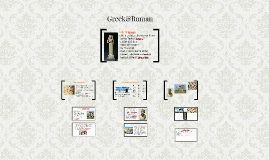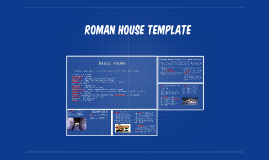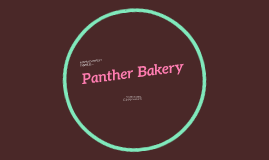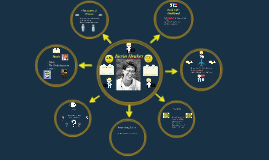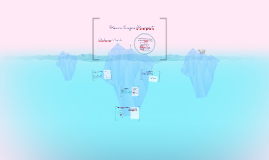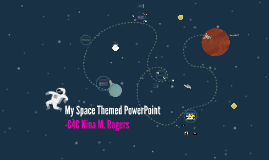Roman house template
Transcript: Cubicula were usually used for bedrooms, but you might find them used as a library meeting room office etc These bedrooms would sometimes have fantastic and detailed wall paintings, so that the room appeared bigger. But, usually only had a bed and a wooden chest in them. Basic rooms Sources Roman houses were made symmetrically, when you look at a floor plan of a house you can for the most part, or fully split the house right down the middle. Most houses also had the same basic amenities based on social class of the owner. Atrium - the atrium Peristylium - garden Vestibulum - passage from main door to road Fauces - corridor from main door to atrium Impluvium- shallow pool in atrium to catch rain water Ala - side room Triclinium - dining room Tablinum - large reception room Exhedra/Oecus - large communal dining room or lounge Taberna - usually shops that were connected to the house, rented to vendors Cubiculum - bedroom Andron - passageway from the atrium to the peristylium, or the garden Posticum - the servants entrance Bathroom - the bathroom Cucina - the kitchen Venus on the half-shell The exedra, or the garden room was a large room sometimes located in the back of the house which served as a gathering place for formal meetings and parties. This room often had wall paintings that continued the garden theme and had lavish mosaic floors. Benches or seats were common in this room. details of an upper class house In the Kitchen, one would obviously find kitchen things such as pans for cooking (coquula) an oven (fornacula) dishes and trays (furcula) cups used for drinking (pocula) Roman kitchens were usually poorly ventilated and small, and if you had slaves they would cook for you. Which is why is didn't matter if it was dark and smokey. The Peristylium was the Roman equivalent of a front yard or garden, but inside the house. The Peristylium is an open courtyard located inside the house which had a shaded area supported by pillars around it's outside, this shaded area was often covered in fancy wall paintings such as the "Venus on the half-shell" located in Pompeii. The Atrium was the location of various commonplace items in upper class roman houses, such as the compluvium, a hole in the roof used to let sunlight in and poor rainwater into the impluvium, which was a shallow pool in the middle of the room that collected the rainwater. Walls of the atrium were usually decorated with wall paintings which varied in complexity, or colored panels to add to the appearance of the room. The atrium also acted as an entrance to bedrooms, offices, and various other rooms. The vestibulum, or the entrance hall,was quite plain relative to the rest of the roman house, it is literally just an entrance hall to the atrium. Some doorways were adorned with wall paintings and portrayed greetings or warnings. Roman house template The triclinium was at dining room that housed 3 couches for people to lay on while dining. The diners would lay on their backs, 3 to a couch and slaves would feed them multi-course meals. These rooms also had beautifully painted walls. Tabernae located on the sides of the main door Common occurrences in roman houses The Tablinum, which was located right behind the atrium, was often used as a study or office. This room housed family records and if a family had famous ancestors, this is where they would show busts or statues of them. These rooms also had nice mosaics or wall paintings along with mosaic floors. Tabernae were a room in the front of the house that wasn't necessarily tied to the house, but was rented to merchants, dealers, etc. for a place of sale. This was common among all social groups in Rome, these rooms had separate doors than the rest of the house that opened to the street. An ancient roman house usually consisted of 10 to 15 different rooms McManus, Barbara. "Roman House." Roman House. 1 Feb. 2007. Web. 4 Sept. 2014. "The Roman House." The Roman House. 10 July 2007. Web. 4 Sept. 2014.






